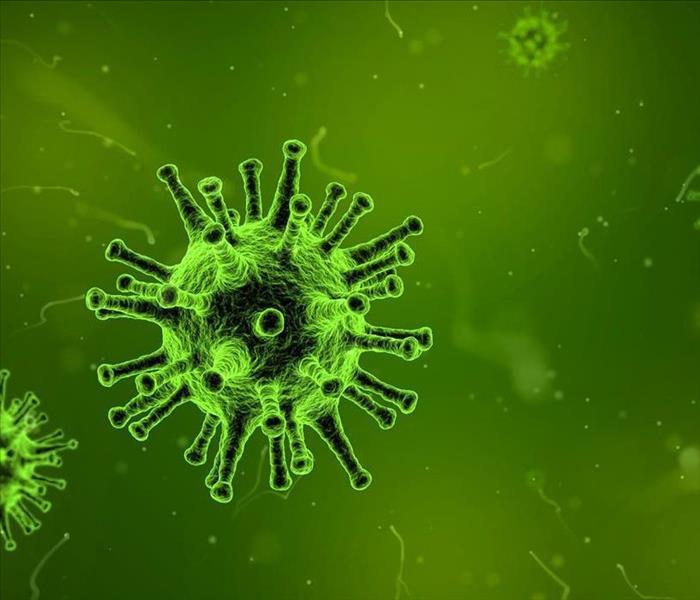Category 3 Water Remediation - 5 of The Most Common Sources of Category 3 Water
10/19/2020 (Permalink)
Category 3 water remediation occurs because category three water is grossly contaminated with pollutants, including fungi and bacteria.
SERVPRO understands the stress and questions that come with a category 3 water loss. The SERVPRO goal is to quickly assess the level of contamination your property has endured and advise you on the best course of action to move forward.
The information in this blog post is intended for any homeowner that has recently undergone a water damage loss and has questions about category 3 water remediation.
Category 3 water is nasty contaminated water and can contain pathogenic, toxigenic, or other harmful agents. Dirty water can carry silt, organic matter, pesticides, heavy metals, regulated materials, or toxic organic substances.
Please note that no two water losses are alike, and each category 3 water remediation will be treated depending on the unique needs of the damaged property. Category 3 water remediation needs to be handled by professionals who have attended an IICRC WRT Class, an IICRC ASD Class.
Causes of Category 3 Water Remediation?
Category 3 water damage can occur when highly contaminated black water damages a property. There are significant health risks as well as a high chance of injury associated with category 3 water remediation. There are different causes of category three water losses. The professionals at SERVPRO know the most common causes of category three water losses are sewage backups. A sewage backup creates a nasty mess, but this type of water loss is not the only source of unsafe, dirty water. Another common dirty water type comes from flash floodwaters. Flash floods are known to push organic and chemical contaminants into the house. Outside of these two causes, there are also five other leading causes.
5 of the most common sources of Category 3 water include:
- Broken sewer lines
- Backed-up sewer mains
- Extended rain events
- Ground surface water
- Hurricane flooding
Did you know a small toilet overflow can cause Category 3 damage?
It's because dirty water deposits bacteria will damage the floor, baseboards, and surrounding bathroom fixtures.
How Does Dirty Water Spread?
In all of our category 3 water remediation jobs, we have found that the porous surfaces become a breeding ground for pathogens and fungus. Humidity, temperature, and stagnant air in a flooded home will create an ideal environment for bacteria and fungi to grow.
A Deeper Understanding Of Category 3 Water Remediation
To further clarify the risks involved in cleaning up this type of damage, we are going to list what diseases are affiliated with improperly handling a category 3 water loss:
- Hepatitis B and C
- Norovirus
- Tetanus
- West Nile virus
- Tuberculosis
- HIV / AIDS
As you can see, any type of category 3 water can pose serious health risks.
What To Do During A Category 3 Loss?
When you suffer from a category 3 water loss, it's best to call a professional restoration company that is certified in handling Category 3 contamination. It is essential to hire highly trained technicians who adhere to strict OSHA and EPA standards.
We Specialize In Category 3 Water Remediation
SERVPRO professionals use specialized water damage equipment to sanitize, dry, and repair affected areas. As you learned today, trying to perform category 3 water remediation by yourself isn’t a good idea. SERVPRO of Union, Towns, Fannin & Gilmer Counties is available 24/7 to help you with any water loss.






 24/7 Emergency Service
24/7 Emergency Service
